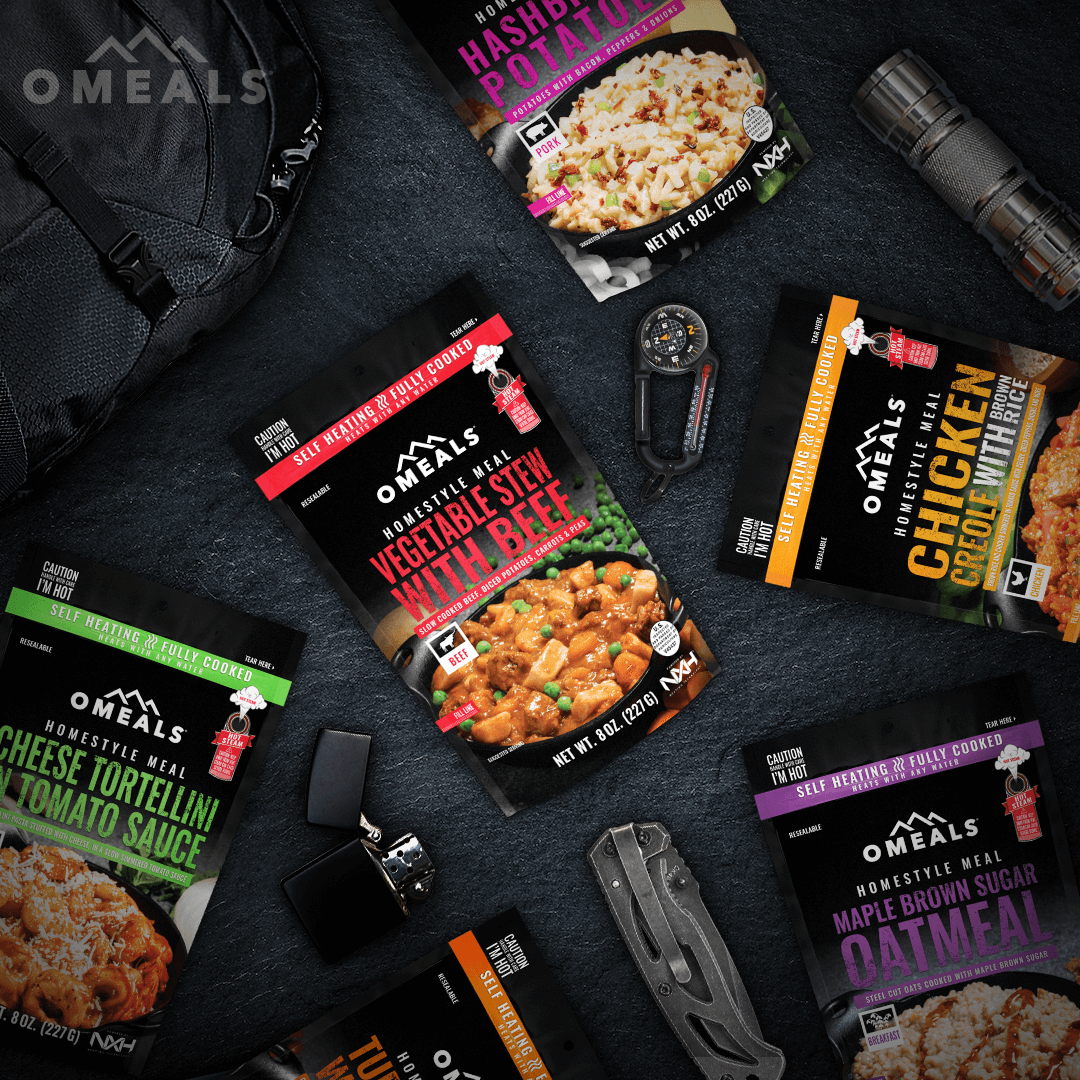Natural disasters can transpire at any time, with some disasters giving very little warning like storms preceding floods. There will be others like tsunamis and earthquakes that will not give any warning. After a disaster happens, there will be little time to prepare, if any at all, leaving you trying to cope. The following is information on how you can prepare, as anything that you are able to do today will be similar to putting into a savings account for your survivability that you can withdraw should tough times come your way.
This is a list of the recommended supplies that you need for your home, car, and your work location. You should always prepare to be isolated and out on your own for about three days and nights. After a disaster, there will usually be a loss of utilities and power outages are given. Water may also be scarce and the phones may not work. The only source of news will come from your car radio, assuming that the local radio station has power with generator equipment. There may not be medical help for any broken bones or minor cuts for several days out.
When there is a loss of power, there can be certain side effects that you might not think of. There may not be any gasoline available, as you cannot usually pump gas without power. You could be far from your home, the heater in your vehicle may be your only heat and the money that you have on you may be all that you can get until the power is back on. There could be some supplies available, but purchasing something like a manual can opener may be impossible. Cash cards may also be useless if the phone lines are down or if the power is out. Many stores will also have difficulties opening if the items do not have prices and scanning impossible at the registers. This paints a grim picture.
Preparing For Emergencies In Advance
You could be anywhere when a disaster comes on, such as driving to a store, in the bathroom, at your desk at work, in the backyard and more. You just need to remember that you will probably be near one of the following:
- Your Home
- Your Vehicle
- Your Work
Think about having supplies on hand at all three of these locations. Even though it seems like overkill, you cannot expect these three locations to come out unscathed in any large disaster. When you have provisions stored at each location, you will have a level of preparedness that is comforting. Keep in mind that many pets will not be allowed into a shelter for both space and health reasons. Have an emergency pen ready for your pets in your home that will include a three day (minimum) supply of dog food and a sizable container of water.
What You Can Do To Prepare
This is a listing of what you can do to prepare, as well as a listing of your recommended supplies. The larger list is geared for your home, simply because home is where you will have the biggest area to save up your supplies. This listing is idea and we realize that some items may be out of reach for a number of people. It is recommended that you start off small and then slowly build up the supplies over time as finances permit. Looking over the list, you will be able to understand why some items will be listed. You need food, water and shelter in order to survive. Beyond the categories, everything else will just be for comfort purposes. Again, anything that you can put away in the present will be greatly appreciated in the future should you need it.
Preparation At Home
Home will be where you can remain prepared the most. Remember you will only be home for roughly half of the hours in a day. You have to stay prepared at work as well, while keeping additional supplies available in your vehicle.
- Strap down your gas appliances to the floor or walls, especially the water heater. Always remember the water heater will be a major source of water, weighing several pounds when completely full. A water heater that is four hundred pounds can break gas lines on the way to the floor, making them a real danger in an earthquake, leading to fire.
- Verify that your home is bolted to the foundation.
- Repair any leaky gas connections and defective electrical wiring, as they can be potential fire risks.
- Brace your overhead lighting fixtures.
- Replace your solid gas lines with those that are flexible on stoves, dryers and water heaters.
- Nail down your plywood on the top of the ceiling joists on the interior of your attic to protect from falling bricks.
Prepare Your Car
Herein are a few pointers on how to keep your car ready for any emergency scenario.
1. Ensure that your gas tank is full always. This is not to mean that you should refill at every gas station you find. However, you should refill the tanks when the gas level reaches the ½ a tank mark. You will be very grateful when you get in a whether induced traffic jam or other emergencies. For instance, a few years back, a winter storm in Seattle lead to traffic accidents. However, other commuters waiting for the accidents to be cleared, run out of gas as they waited on the road. Consequently, the roads were jammed with cars that did not have gas.
2. Make use of the trunk. You should consider the trunk of your car as a big steel storage cabinet. As such, you should maintain a supply of emergency equipment and supplies. Among the most important emergency supplies to have in the trunk of your car are tools, a spare tire, flashlights, and a jumper cable.
Other items to have in your car during emergencies include the following:
- First aid kit
- Emergency blankets
- Solar powered AM/FM radios
- Calorie bars (have a minimum of three days’ worth of calorie bar)
- Meals ready to eat
- Emergency water rations (a minimum of 6 bottles of 4 oz of water)
- Emergency ponchos
- Tube tents
- Lighter or matches
- Can opener
- Maps of your local area
- Tools and protective apparel (such as pliers, leather gloves, latex gloves, a multi-tip screwdriver, small shovel, garbage bags, and rain gear)
- Writing material (pencils, pens, and a paper pad)
- Small change, preferably in quarters
- A list of important phone numbers, and
- Brakes
- Exhaust system
- Thermostat
- The ignition system
- The heater
- The defroster
- Light and flashing hazard
- Wipers and the windshield wiper fluid
- The antifreeze


